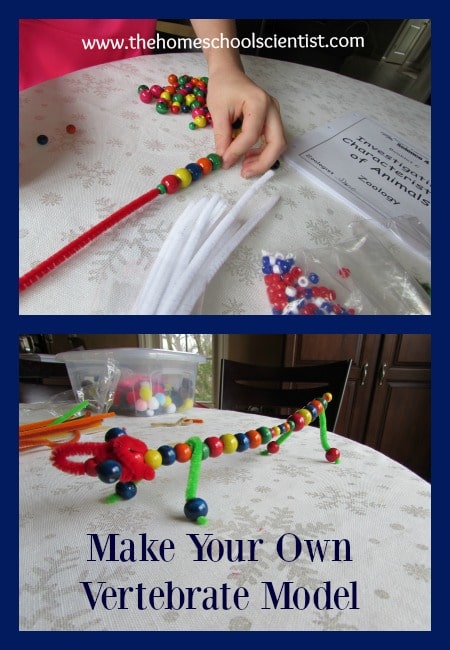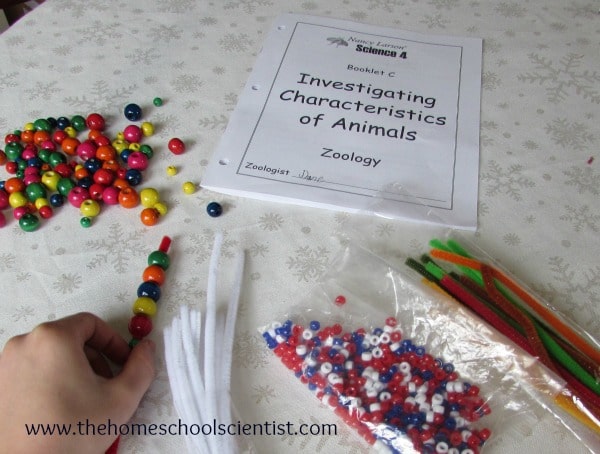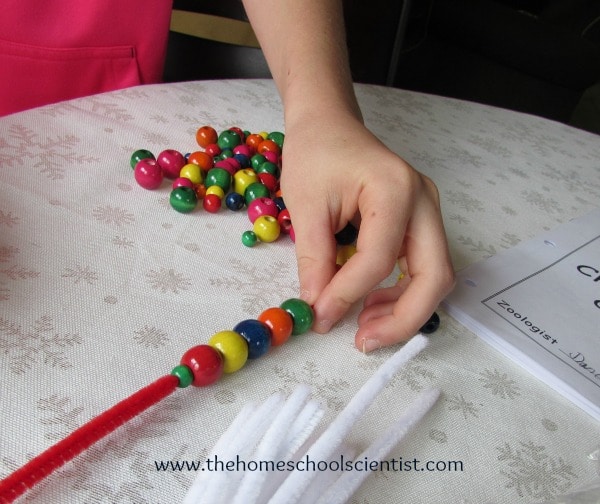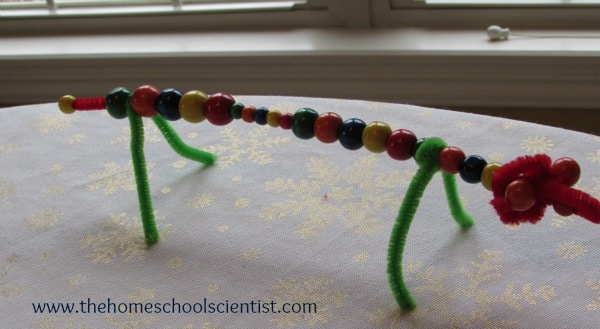Make Your Own Vertebrate Model

I try to incorporate hands-on projects into our home education as much as possible. When it comes to science, we love experiments, getting outside, and models. Models allow us to represent something we may not be able to get our hands on and use that model to understand a concept better.
*This post contains affiliate links.
Learning About Vertebrates
Vertebrates all have a backbone protecting a spinal column and internal bone structure, while invertebrates do not. Invertebrates either have a soft body or a hard outer shell called an exoskeleton.
We looked at many x-rays and pictures of vertebrates that came with our Nancy Larson Science curriculum to see the similarities and differences between the appearance and bones of different species. No matter what the differences in the appearances, they all had a backbone and a bony skeleton in common.
Create Your Own Vertebrate Model
After studying the images of vertebrates, we decided to create a vertebrate model starting with the vertebral column, or spine.

First, we gathered pipe cleaners and beads. You can use whatever beads you have around the house. My daughter had tons to choose from.

Next, we strung the beads on the pipe cleaners to represent vertebrae, the bones that make up the spine.

My son, then, added appendages, arms and legs, to the spine. When you do this at home, you might want to create a model skeleton of a tiger or raccoon, or you might want to create a new vertebrate species. Be creative. This is a great way to compare and contrast different species.
For older kids, you might want to have them label their vertebrate model with the names of the bones.
More Vertebrate – Invertebrate Resources
More Science Model Fun
Find Out More About Nancy Larson Science
- Visit Nancy Larson’s website
- Like Nancy Larson Homeschool’s facebook page
- 5 Reasons To Choose Nancy Larson Science
- Benefits Of Nancy Larson Science Curriculum
- Nancy Larson Science Review


